MEISTER TEAM
Meisters Supporting the Charm of the Region
In Chikugo, there are wonderful local resources, including agricultural products, forestry and marine products, and traditional crafts. These resources are used extensively for the train interiors and food items.
These individuals, with strong determination and skilled techniques, provide essential support. By understanding their hidden passion and dedication, you can appreciate the depth of their work.
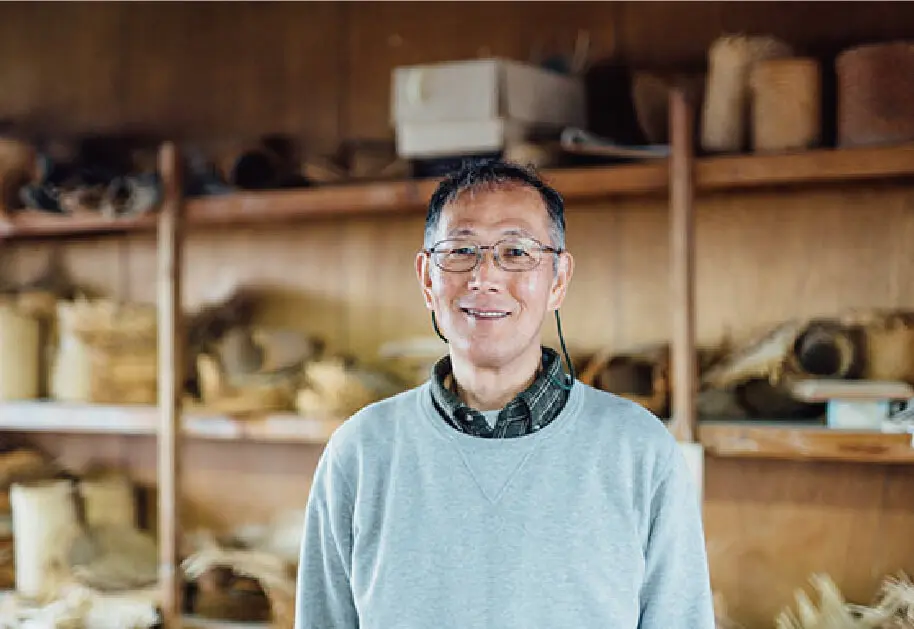
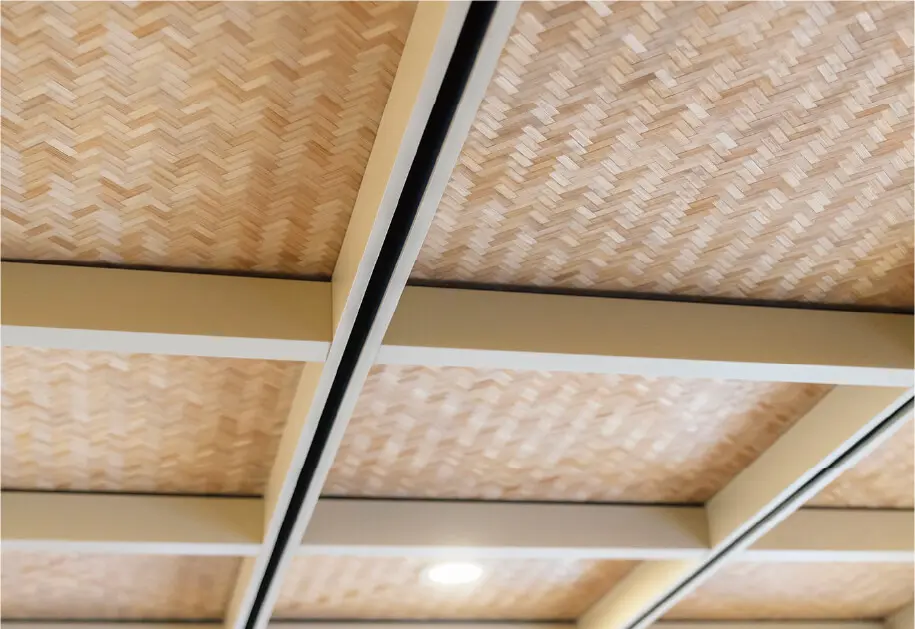
Masanobu Inoue, Inoue Rantai Lacquerware Co., Ltd.
He produces lacquerware as an skilled artisan at Inoue Rantai Lacquerware, established during the Meiji era and now in its third generation. The previous generation created screens used in Emperor Showa’s enthronement ceremony. Today, they uphold the traditional techniques of Kurume Rantai Lacquerware, which has become rare. They participate in exhibitions nationwide and work towards passing down their craft to future generations.
Inside the train, the ceiling features woven bamboo fabric made from Yame-grown bamboo. You can observe the traditional techniques preserved by Inoue Rantai Lacquerware.
It is a Fukuoka Prefectural Governor’s designated traditional craft and folk craft.
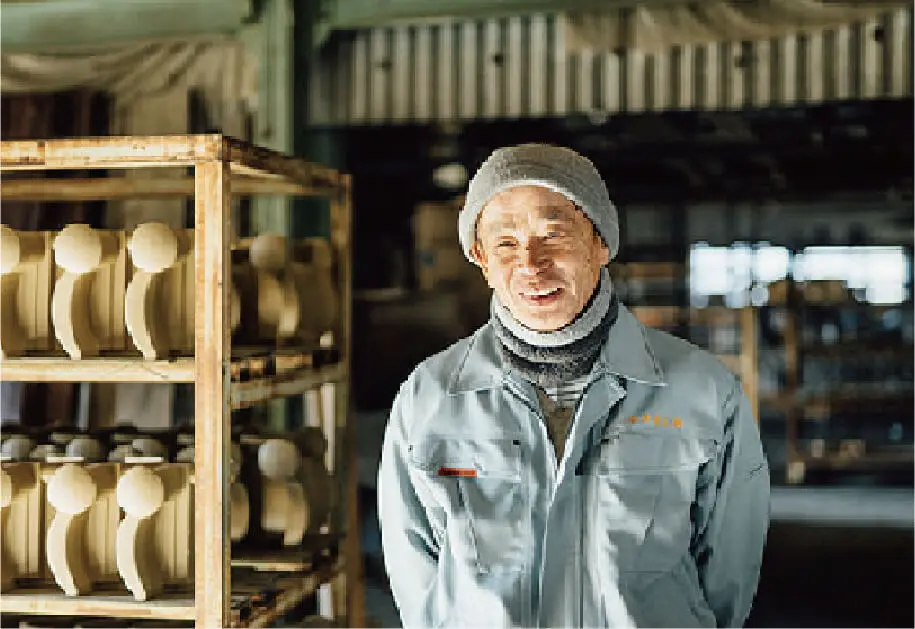
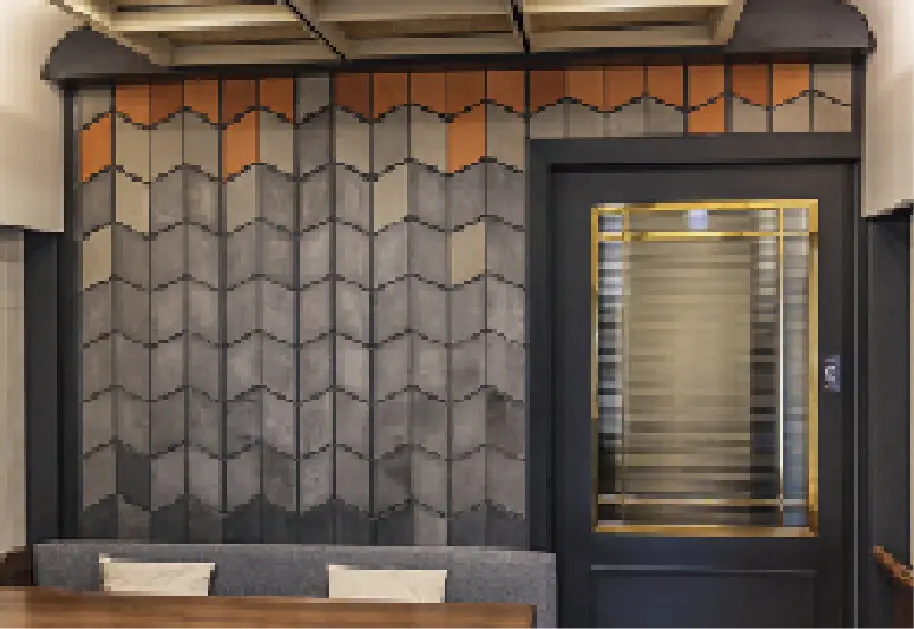
Ryoichi Shibuta, Jojima Kawara Cooperative Association
During its heyday, Jojima had 120 tile manufacturers bustling in the region. However, in recent years, the number of tile makers has significantly decreased. Despite this, they continue to protect the traditional Jojima tiles by venturing beyond traditional roof tiles to create tiles suitable for various indoor and outdoor scenes, including floor tiles and tile-like materials. The train’s interior walls feature a new style of Jojima tiles created by Ryoichi Shibuta, the representative of the Shibuta Tile Factory. Responding to the train designer’s requests, these tiles showcase the characteristic glossy “ibushi-gin” (aged silver) color, along with unique shades of red-brown, enhancing their design.
*Among Jojima tiles, the decorative “Jojima oni-gawara” tiles that adorn the edge of roofs are registered as Fukuoka Prefectural Governor’s designated traditional craft and folk craft.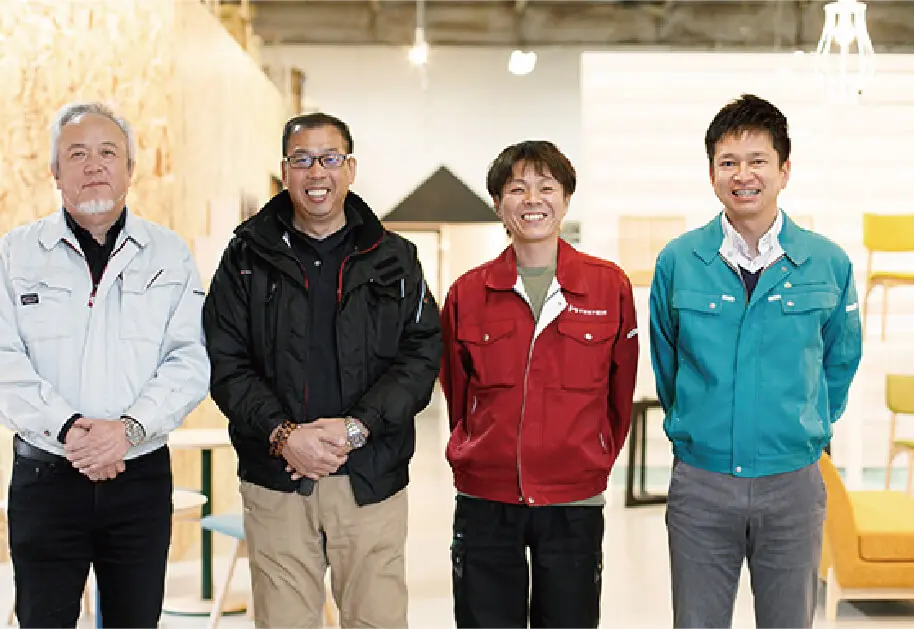
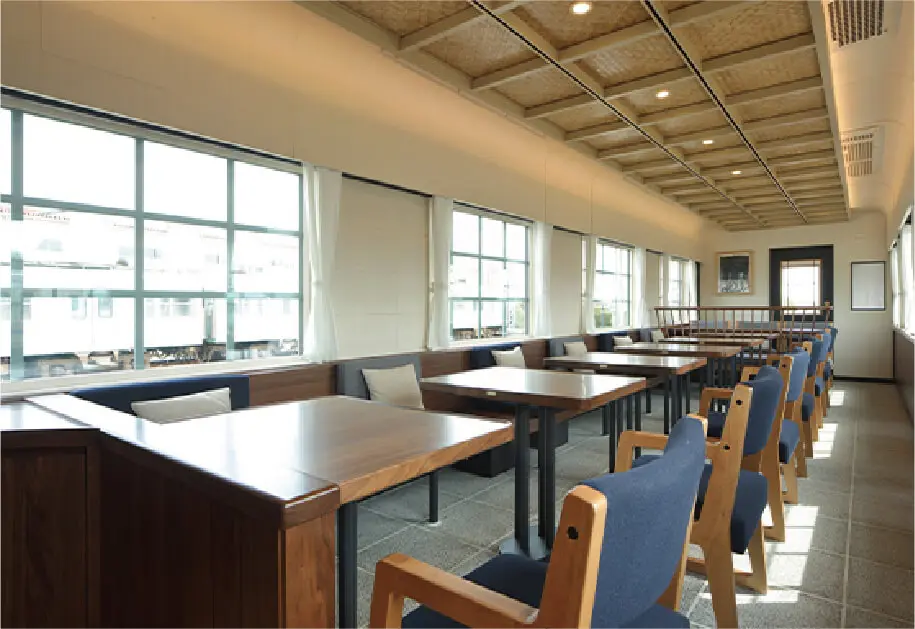
Okawa Furniture
Kentaro Eguchi, ONE’S Corporation (Tables)
Tesshi Furukawa, HIRATA CHAIR (Chairs / Sofas)
Hideki Nishi, Daiei Sangyo (Custom order furniture)
Motoaki Sato, SATOH LUMBER (Material sourcing)
A special team responsible for designing and creating furniture and fixtures for this train, from sourcing materials to manufacturing. They embody the design concept of creating a warm and inviting space that feels like being welcomed into someone’s home. The team combines artisan skills cultivated in Okawa, the town known for its furniture, with effective teamwork.
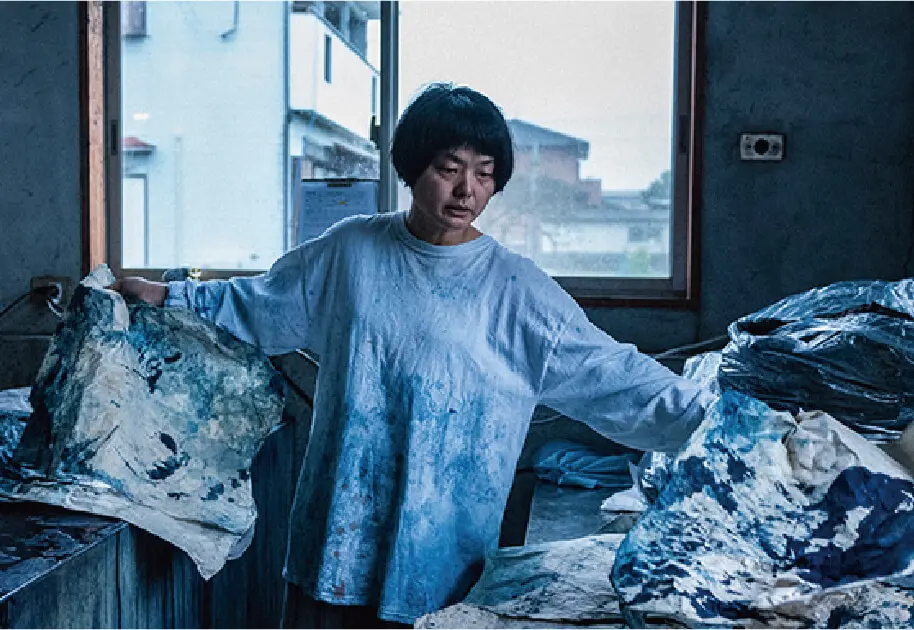
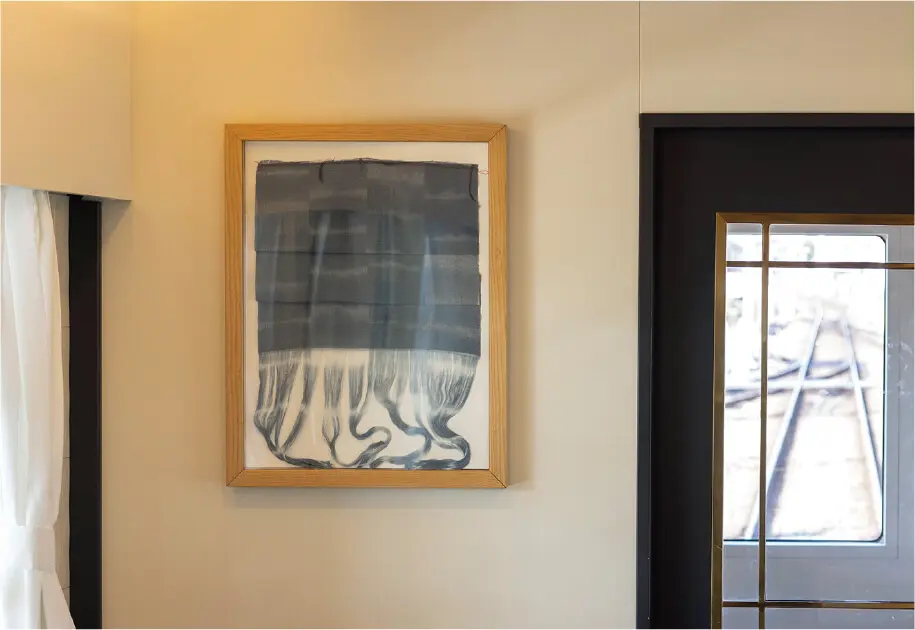
Takarajima Senko
Located in Oki-machi, Takarajima Senko uses 100% natural dyes such as indigo, plant-based dyes, and sumi ink to create dyed fabrics. They emphasize the unique colors and comfortable feel of natural materials. Each piece is hand-dyed in their workshop. In addition to OEM work, they’ve launched their own apparel brand, gaining attention both domestically and internationally. THE RAIL KITCHEN CHIKUGO uses various patterned fabrics dyed by Takarajima Senko for interior decoration.
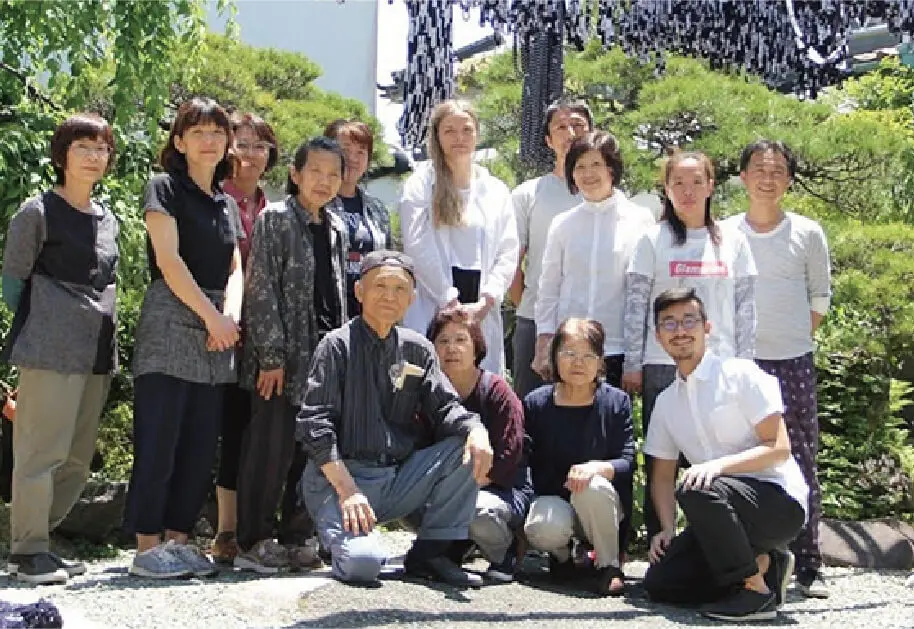
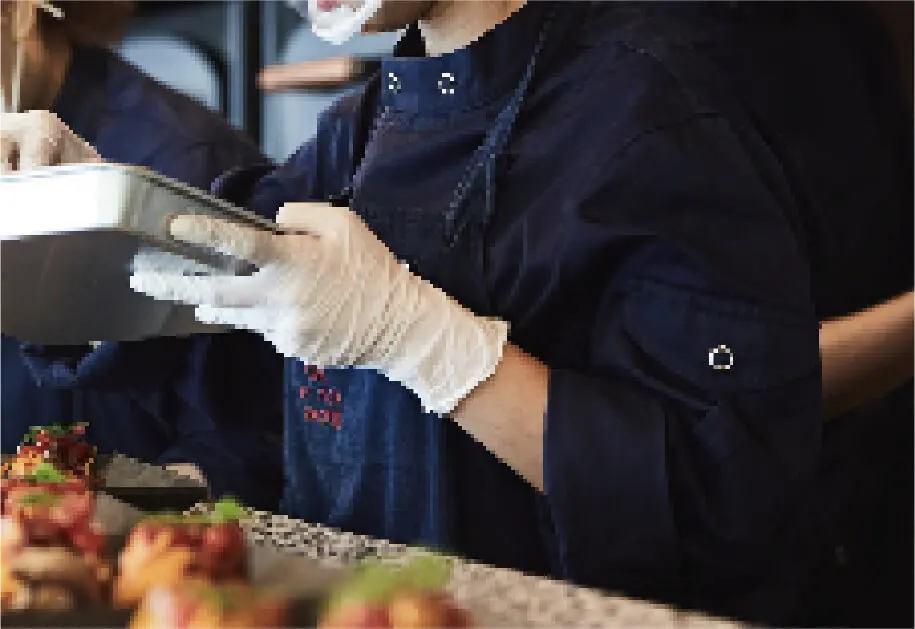
Shimogawa Orimono
Established in 1948 in Yame City, Shimogawa Orimono produces Kurume kasuri fabric. Despite a decline in the number of Kurume kasuri weavers, they continue to create unique patterns, including plain fabrics rarely seen in Kurume kasuri. Their collection features over 100 different patterns, suitable for both traditional and modern clothing. THE RAIL KITCHEN CHIKUGO uses Shimogawa Orimono’s Kurume kasuri fabric for crew uniforms and interior décor.
*Kurume kasuri is a pre-dyed woven fabric created using the tie-dye technique, designated as an important intangible cultural asset by the Japanese government and recognized as a traditional craft of Fukuoka Prefecture.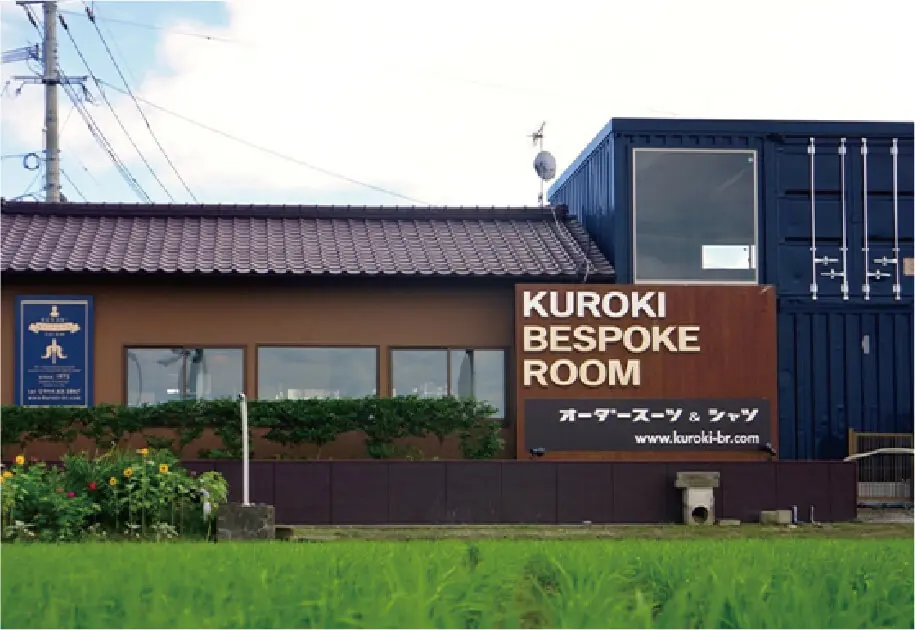
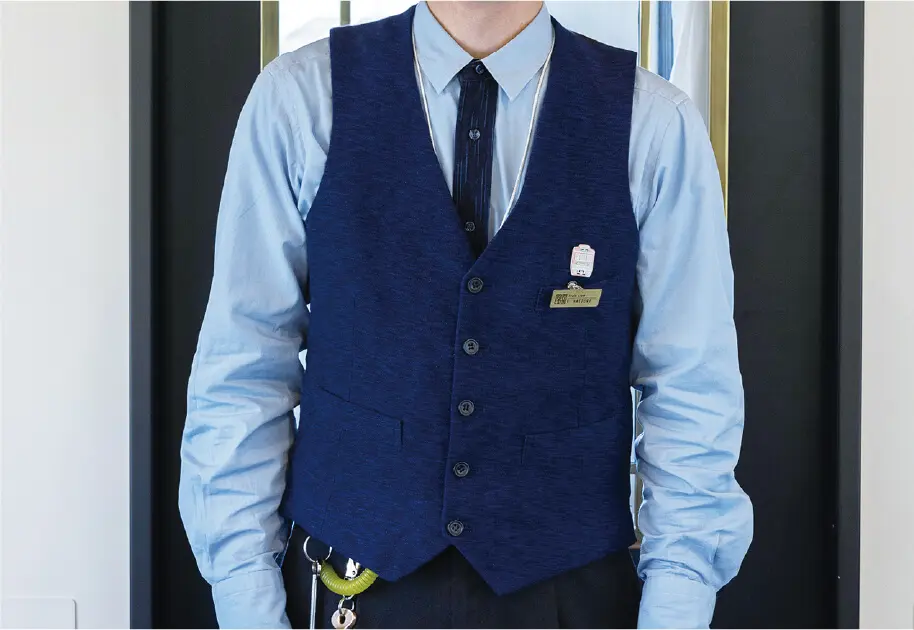
KUROKI BESPOKE ROOM Yuhei Kuroki
Located in Miyama’s serene countryside, Kuroki Bespoke Room has been tailoring custom suits, shirts, and shoes for 46 years. They not only measure sizes but also collaborate with customers to envision and coordinate details based on the occasion. They also focus on preserving local craftsmanship by using Kurume kasuri fabric for tuxedos and jackets. For THE RAIL KITCHEN CHIKUGO, they created shirts and vests. The front body of a vest, and placket and sleeve vent of a shirt feature Kurume kasuri fabric. The shirts have playful variations with several different patterns.
*Kurume kasuri is a pre-dyed woven fabric created using the tie-dye technique, designated as an important intangible cultural asset by the Japanese government and recognized as a traditional craft of Fukuoka Prefecture.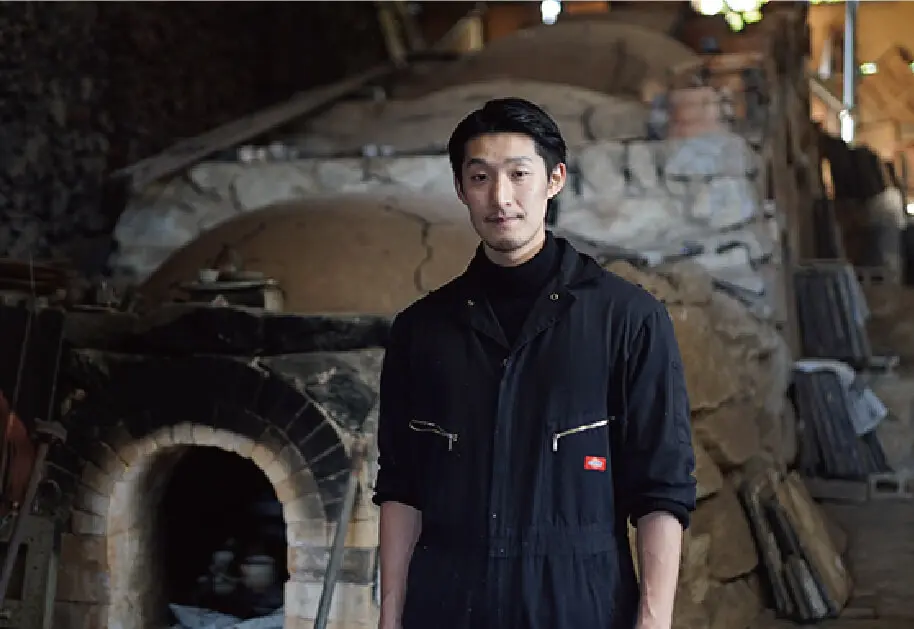
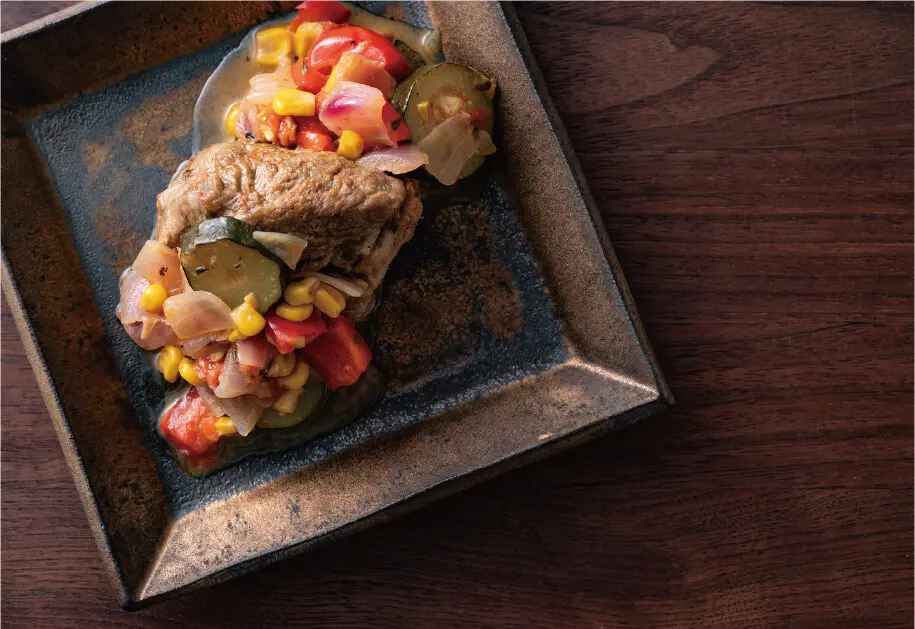
Ryuta Fukumura, Ceramic Artist, Nichigetsu-Gama
The second generation of Nichigetsu-Gama in Yoshii Town, Ukiha City, Ryuta Fukumura works with natural materials, using a straightforward wood-fired technique that leaves no room for shortcuts. His large pieces fired in climbing kilns exhibit both boldness and tranquility, earning recognition not only in Tokyo and Fukuoka but also internationally.
He crafted plates for THE RAIL KITCHEN CHIKUGO, each meticulously made using glaze, has a unique texture resembling metal, allowing enjoyment of color changes over time.
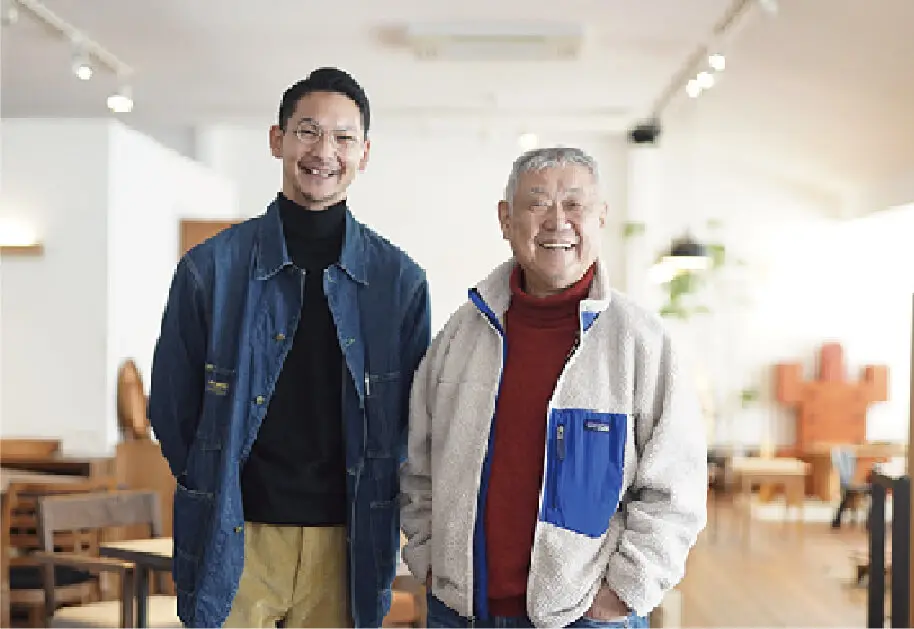
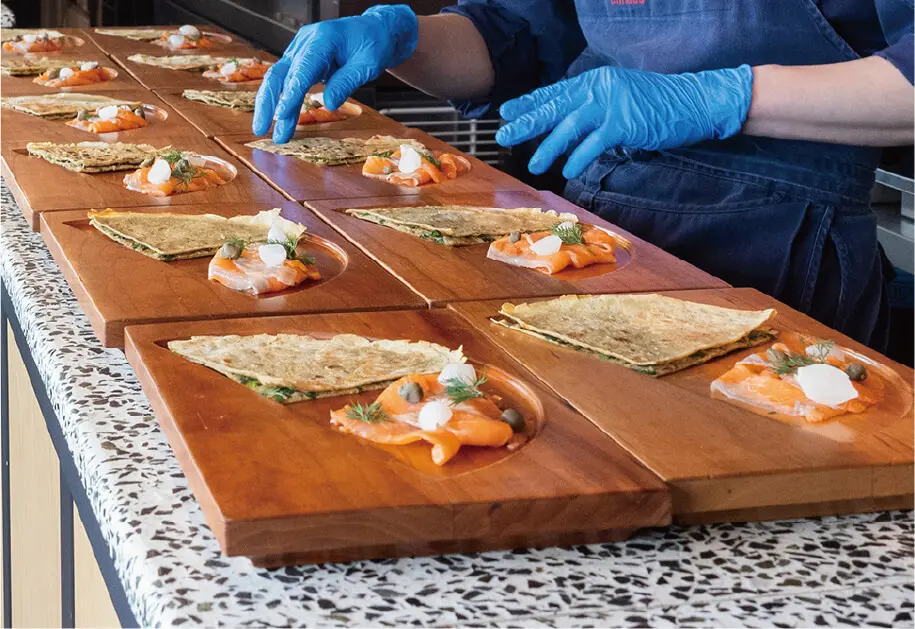
Hiromatsu Woodworking Co., Ltd.
Based in Okawa, the town known for furniture, Hiromatsu Woodworking creates functional and simple tools that become “family furniture” cherished by users. They emphasize the beauty of wood, allowing it to age gracefully as users deepen their connection with material. They produce plates used for serving dishes in THE RAIL KITCHEN CHIKUGO.
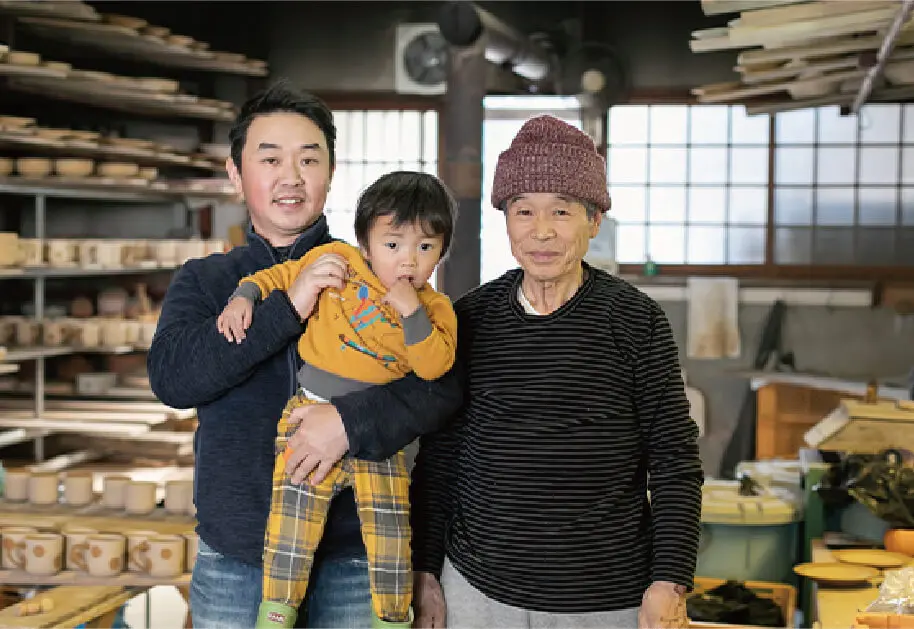
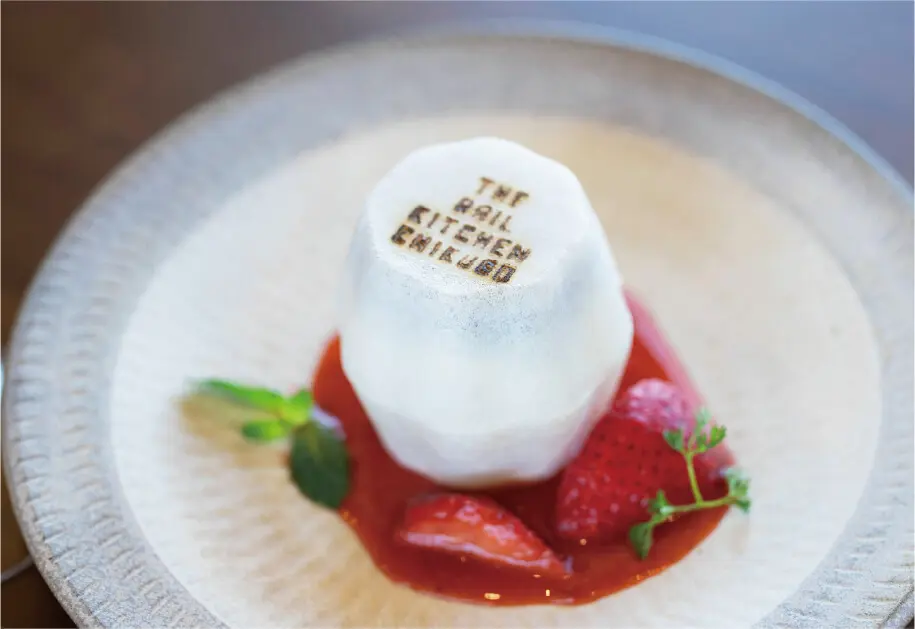
Omei Kamamoto
Established by Omei Onimaru in 1983, Omei Kamamoto specializes in Koishiwara-yaki pottery. Koishiwara-yaki features unique patterns such as tobikanna and hakeme, adding charm to everyday tableware. The matte texture and polka dot patterns of Omei Kamamoto’s distinctive designs appeal even to younger generations, making this historical pottery accessible. Plates used in THE RAIL KITCHEN CHIKUGO showcase subtle patterns created through the use of tobikanna before applying glaze.
*Koishiwara-yaki is a type of pottery known for its distinctive patterns, including tobikanna and hakeme. It is designated as a traditional craft of Fukuoka Prefecture by the Japanese Ministry of Economy, Trade, and Industry.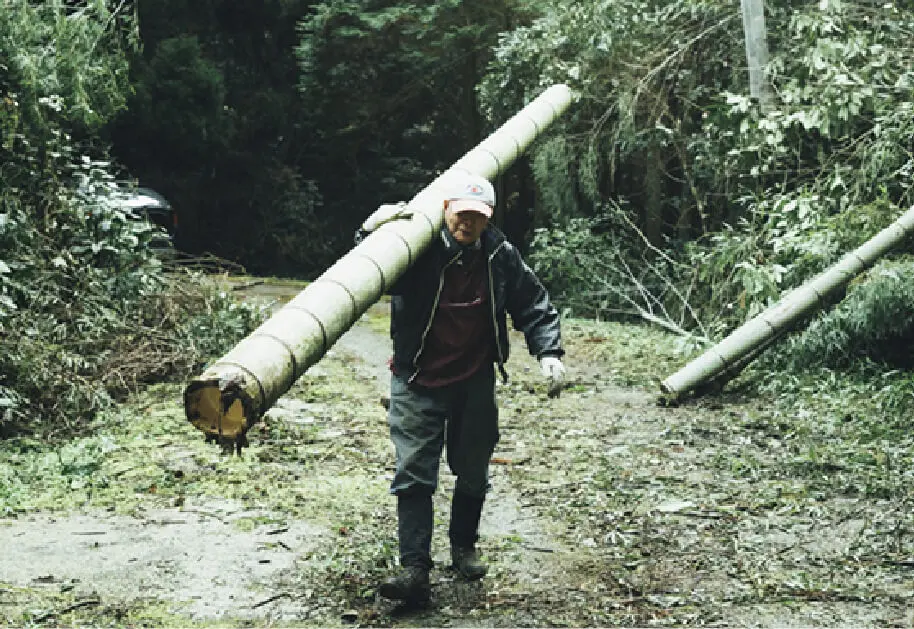
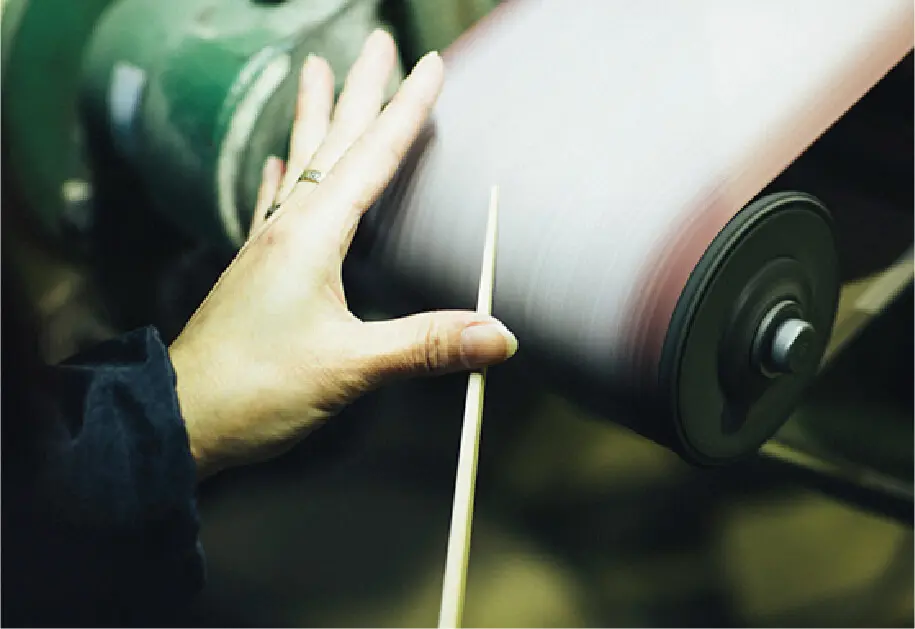
Yamachiku
Founded in 1963 and located in Nankan Town, near Omuta City, Yamachiku focuses on creating high-quality chopsticks using bamboo, and eco-friendly material. Amid the prevalence of cheap imported chopsticks, Yamachiku aims to establish a sustainable cycle by sourcing quality materials, producing high-grade chopsticks, and ensuring both makers and buyers are satisfied. THE RAIL KITCHEN CHIKUGO uses chopsticks made from bamboo grown in Yame City, carefully crafted to evoke the warmth of Chikugo.
